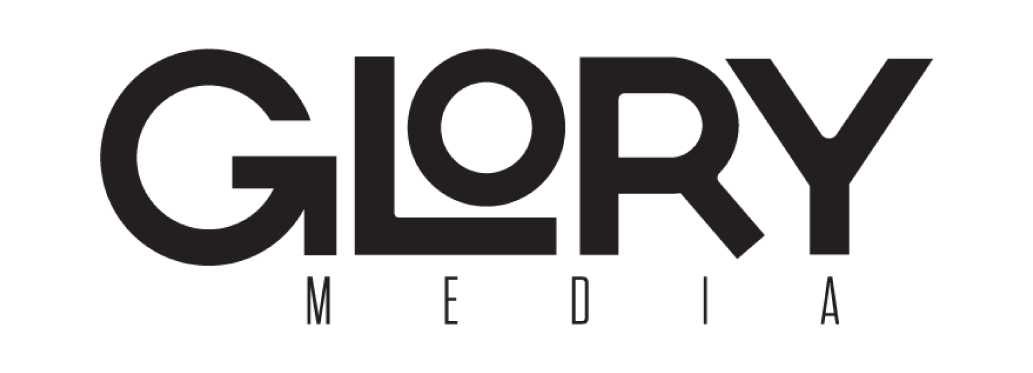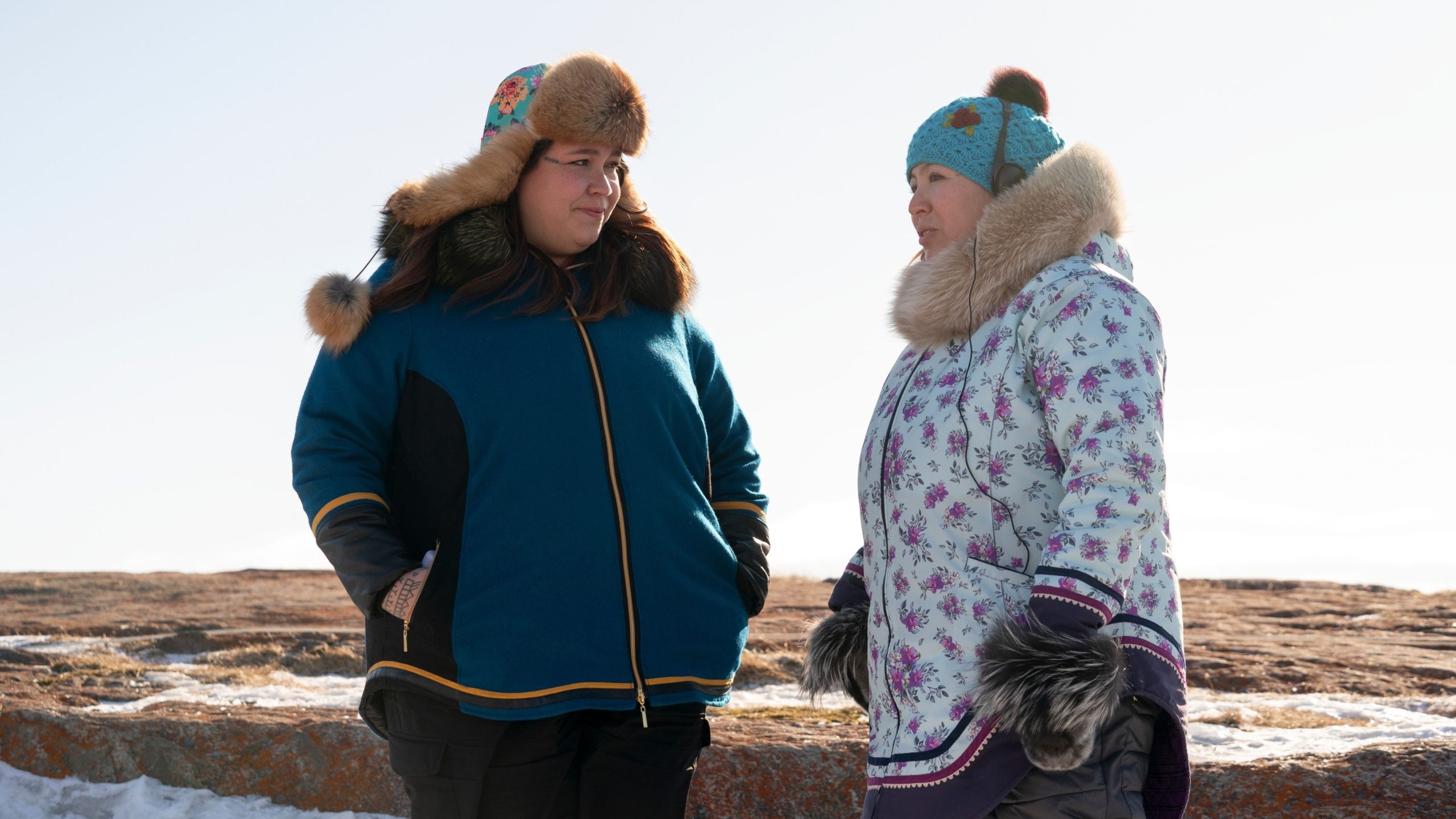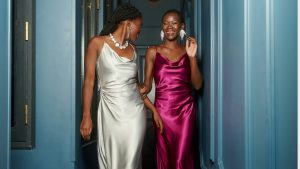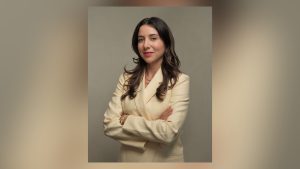There’s a new wave of storytelling rising from the Arctic—and at its helm are Stacey Aglok MacDonald and Alethea Arnaquq-Baril. With North of North, the duo has created a show that is deeply rooted in Inuit life yet expansive in its global resonance. It’s a series that dismantles stereotypes and reframes Arctic identity not as something frozen in time, but as vibrant, current, and alive.
Co-commissioned by CBC and Netflix in association with APTN, and now reaching international audiences through Netflix, North of North is part of a growing movement to amplify Indigenous voices on their own terms. It blends comedy and drama to explore themes of community, sovereignty, resilience, and love. It’s also set against the backdrop of real-world conversations about who gets to shape the future of the Arctic—as nations and industries eye the region for development, this series asserts that Inuit must have a seat at the table, not just in policy, but in cultural discourse too.
In this conversation, MacDonald and Arnaquq-Baril reflect on the making of the show, the power of Indigenous-led storytelling, the humor that keeps communities strong, and their hopes for the future of cinema in the North and beyond.
What was one assumption about Inuit life that you were most eager to challenge?
Alethea Arnaquq-Baril: First and foremost, that we still exist. So much media, even from the earliest days of cinema and before that in ethnography and academia, has painted us as people of the past. We’re so often portrayed as historical figures, not as people living and thriving today. We wanted to show the world that we are still here, still vibrant, and very much part of the modern world. That we laugh, that we fall in love, that we make mistakes, and that we live full and complex lives—just like everyone else.
Stacey Aglok MacDonald: Yes—and also that the North is more than just a cold, desolate place. We wanted to show that it’s a place of warmth, beauty, community, and pride. People often imagine us in primitive clothing or harsh conditions, but in reality, we take incredible pride in our fashion, our homes, and our culture. The North is epic, and we wanted to showcase that. There’s a richness to our culture that often gets lost in translation, or worse, flattened into stereotypes.
You made the decision to shoot the show entirely in Nunavut. Why was that non-negotiable for you?
Stacey Aglok MacDonald: So much of who we are is tied to the land and to our communities. We knew that if we didn’t film in Nunavut, we’d lose the authenticity that makes the show what it is. We couldn’t recreate that environment in a studio. The land itself is a character in the show. It’s not just a backdrop—it’s central to the emotional and visual experience of the series.
Alethea Arnaquq-Baril: Exactly. There are versions of this show that could have been made elsewhere with B-roll footage of the Arctic and actors from other Indigenous nations, but that wasn’t the show we wanted to make. We wanted to make something deeply specific to our home and our people. Every detail—from the clothing to the language to the humor—is rooted in lived experience. You can’t fake that.
The storyline about a town becoming a research hub feels like an allegory for real-life Arctic development. Was that intentional?
Alethea Arnaquq-Baril: Absolutely. We live in a region that’s become the focus of a lot of global interest—from governments, researchers, and corporations. Our lives are constantly intersecting with scientists, military, and yes, even French dog mushers! The show reflects that. It was important to include that backdrop because it’s our reality. And it raises questions about who gets to make decisions about our future.
Stacey Aglok MacDonald: And it raises real questions about who gets to shape the future of the Arctic. So often, development decisions are made without Indigenous input. This show is our way of asserting our voices in that conversation, through the lens of storytelling. We wanted to show how economic development in the North can happen with Indigenous leadership, not in spite of it.
Why did you choose comedy as your vehicle for storytelling?
Stacey Aglok MacDonald: Because it felt real. When Inuit people gather, even when we’re talking about hard things, there’s always laughter. It’s part of how we cope and connect. We didn’t want a show that was about maximum laughs, but about funny, relatable characters dealing with life’s complexities.
Alethea Arnaquq-Baril: Humor is a survival mechanism. It allows us to explore heavy topics without being overwhelmed by them. And when you make people laugh, they open their hearts to you. That makes it easier to share deeper truths. There’s so much that you can communicate through a well-timed joke or a character’s reaction to a tough situation. It makes the stories human.
How did you balance making the show for Inuit communities while ensuring it was accessible to a global audience?
Alethea Arnaquq-Baril: That balance was really important to us. We’ve both made work in the past that was specifically for our communities, in our own language, but with North of North, we consciously aimed to reach the world. We grew up watching global TV—Italian dramas, Korean thrillers, Icelandic mysteries—and we related to them. So why shouldn’t the world be able to relate to us too?
Stacey Aglok MacDonald: And luckily, our partners—like Miranda de Pencier, CBC, APTN, and Netflix—really supported that vision. They believed in our ability to make something universal while staying grounded in our specific experience. There were times when we had to stop and explain cultural references to the network partners, but it was always in a spirit of collaboration.
What does it mean to now have North of North streaming on Netflix?
Stacey Aglok MacDonald: It’s surreal. We were just texting the other day about seeing our lead actress, Anna Lambe, on a billboard in Times Square. That’s not something we ever imagined when we started this journey. It’s a huge moment for Inuit visibility. And to see someone from our own community shine on a platform like that—it’s beyond meaningful.
Alethea Arnaquq-Baril: Netflix has embraced the idea that communities around the world can tell their own stories, and people everywhere will want to watch. We just hope North of North can be a great example of that model succeeding. We want it to prove that there is a global appetite for authentic, localized storytelling.
Do you see this as the beginning of more large-scale Indigenous productions?
Stacey Aglok MacDonald: We hope so. We’ve seen people like Taika Waititi and shows like Reservation Dogs opening doors, and we want to keep that momentum going. There are so many untold Indigenous stories, and we need continued investment to bring them to life. That means supporting Indigenous creators at every level—from writers to producers to crew.
Alethea Arnaquq-Baril: And not just in comedy or drama. There are Inuit filmmakers who want to make horror, sci-fi, everything. We’re just scratching the surface of what’s possible. The more variety we have, the more we push back against the idea that Indigenous stories are one-dimensional.




What has the process of making this show taught you about yourselves?
Stacey Aglok MacDonald: I learned how important it is to be vulnerable. There were moments in the writing room when I had to dig deep and bring forward parts of myself that I wasn’t used to sharing. But seeing how that vulnerability translated on screen—and how people connected with it—was so powerful. It made me realize that the stories we’re sometimes scared to tell are the ones that resonate the most.
Alethea Arnaquq-Baril: I come from the documentary world, so comedy was terrifying at first. I never saw myself as funny. But Stacey pulled me into that world, and I’m so grateful because it’s been joyful. And I’ve realized that you can say big, important things through comedy—sometimes more effectively than with drama. People let their guard down when they laugh, and that makes them more open to what you have to say.
Any advice for Indigenous storytellers who want to follow in your footsteps?
Alethea Arnaquq-Baril: Be really clear about who your audience is. Sometimes you’re telling a story just for your community, and sometimes you’re trying to reach the world. Both are valid, but they require different approaches. And don’t be afraid to take up space. Your voice matters.
Stacey Aglok MacDonald: Yes. Dream big, but also find people who believe in you and who will fight for your vision. We were lucky to have incredible partners, but we also fought tooth and nail to get here. So don’t give up. And keep telling stories that feel true to you. Those are the ones that last.




This interview has been edited and condensed for clarity. North of North premieres on Netflix globally April 10.














